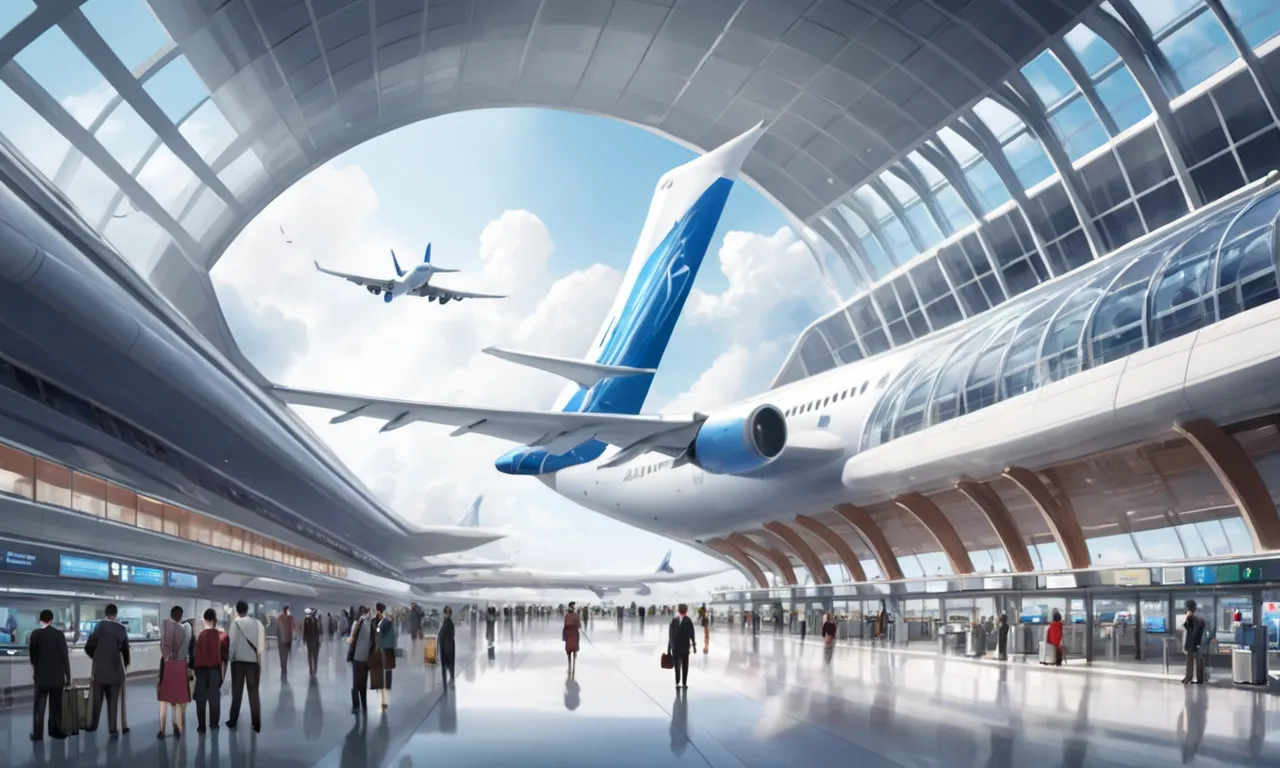
Everyone has a dream of an airport. Whether it’s the thrill of jetting off on a new adventure or the comforting sight of planes taking off and landing, airports hold a certain fascination for many people. But what if you could turn your dreams into reality? With the right planning and resources, building your own airport is not only possible but also an exciting opportunity to create a unique space that reflects your personal style and preferences. In this comprehensive guide, we will explore the steps required to plan and build your very own runway.
1. Determining Your Location
The first step in creating your dream airport is selecting the perfect location. Factors such as accessibility to major cities, available land space, local regulations, and environmental impact should be taken into consideration when choosing a site for your new airport. You’ll also need to ensure that the chosen area has adequate infrastructure to support the needs of a large-scale facility like an airport.
2. Securing Funding and Permits
Once you have identified the ideal location for your airport, it’s time to secure funding and obtain necessary permits. This can be one of the most challenging aspects of building an airport as it often involves working closely with government agencies and securing significant financial investments from banks or private investors. It is essential to have a well-developed business plan outlining the project’s scope, estimated costs, revenue projections, and potential risks involved.
3. Designing Your Airport Layout
With funding in place, it’s now time to start designing your airport layout. This will involve working with architects, engineers, and other professionals to create a functional and visually appealing design for your facility. Key considerations include the number of runways needed, terminal building layout, parking facilities, security measures, and environmental sustainability features such as solar panels or green roofs.
4. Constructing Your Runway
After finalizing the airport’s design, it’s time to start construction. This process typically involves grading the land, laying down a base layer of material like crushed stone or concrete, and then applying a top layer designed specifically for aircraft takeoffs and landings. Depending on factors such as size and type of aircraft that will be using your runway, this could involve specialized materials and construction techniques to ensure safety and durability.
5. Building Terminal Facilities
The terminal building is the heart of any airport, serving as the central hub where passengers check-in for flights, pass through security checks, shop at duty-free stores, and wait for their boarding calls. When designing your terminal facility, consider elements such as ease of navigation, accessibility for disabled passengers, adequate seating areas, ample restrooms, and a variety of food and beverage options.
6. Installing Air Traffic Control Systems
An efficient air traffic control system is crucial to managing the flow of aircraft in and out of your airport. This includes installing radar systems, communication equipment, and other technological tools that allow controllers to monitor weather conditions, coordinate departures and arrivals, and maintain safe distances between planes.
7. Implementing Security Measures
Ensuring passenger safety is a top priority when building an airport. You’ll need to implement comprehensive security measures such as metal detectors, X-ray machines, baggage screening equipment, and trained security personnel. Additionally, regular inspections and maintenance should be conducted to ensure that these systems remain effective in preventing potential threats.
8. Attracting Aviation Partners
To operate successfully, your airport will need to attract airlines as partners who can provide regular flights to popular destinations. This may involve negotiating contracts with various carriers and offering competitive incentives such as lower landing fees or marketing support. Building strong relationships with these partners is key to driving passenger traffic and revenue generation for your facility.
9. Marketing Your Airport
Finally, it’s essential to develop a robust marketing strategy to promote your airport to potential passengers. This could involve creating engaging social media content, partnering with travel agencies, offering promotional fares on certain routes, or even hosting events at the terminal building to generate buzz and excitement around your new facility.
In conclusion, planning and building an airport is a complex endeavor that requires careful consideration of numerous factors, from location selection to marketing efforts. However, by following these steps and staying committed to your vision, you can create a unique and inspiring space that captures the spirit of adventure and discovery at the heart of every dreamer’s imagination.










